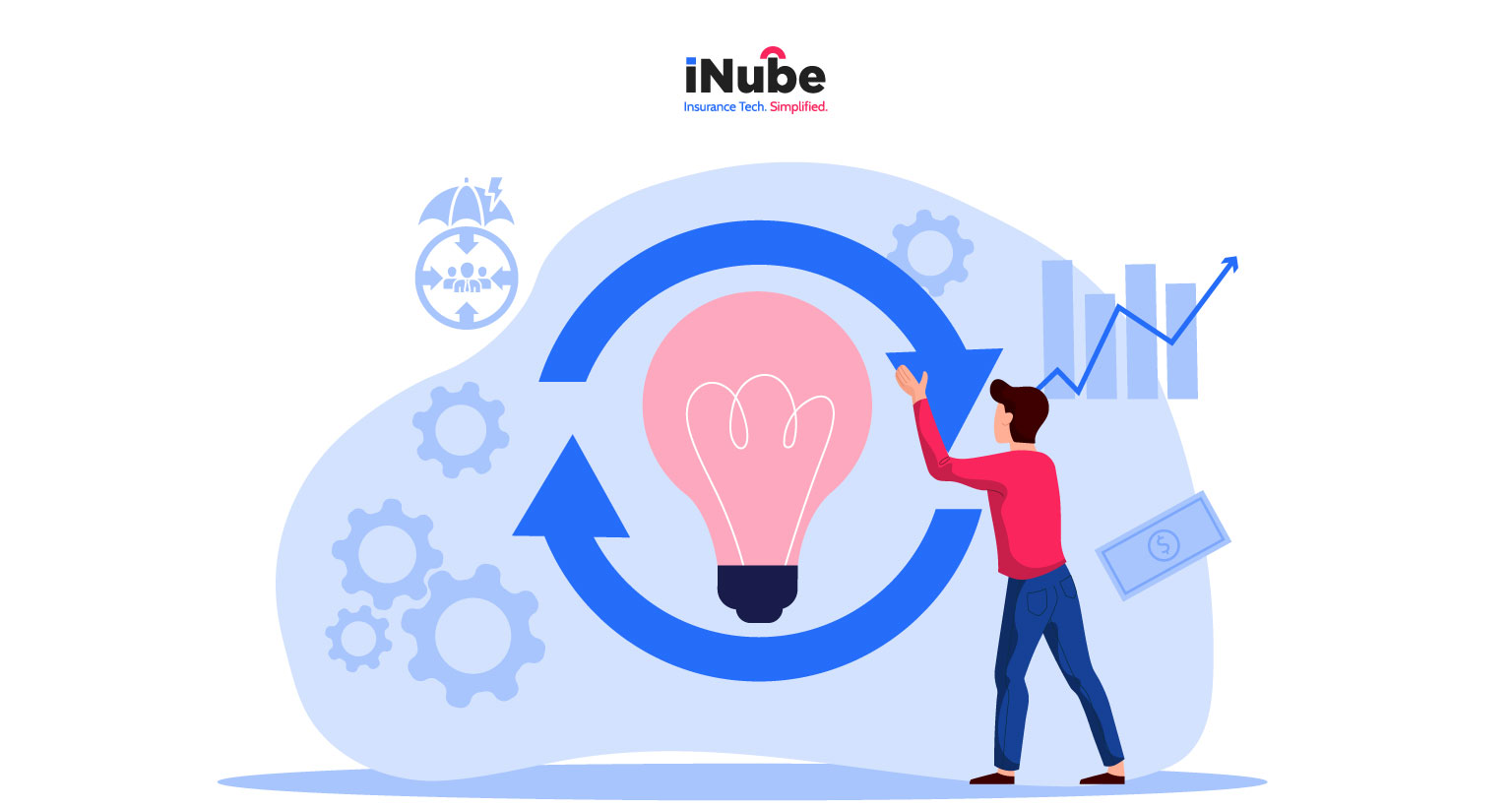While the traditional Agent-based models and Direct to consumer(D2C) digital channels have served as repackaged old wine in a new bottle in the insurance industry, a bold new approach has been gaining momentum under the radar, that is the Business to Agent to Consumer (B2A2C) model. There is a common notion that reinventing means cutting out the intermediaries; in reality, the agents aren’t the problem-they are the bridge. B2A2C doesn’t digitize the process by replacing the agent. It digitizes the agents. And that’s a much more powerful shift. This model is not just about bridging the old and new, its digitally empowering the agents to redefine the very core of distribution- bringing legacy wisdom and modern agility together. As more MGAs and Carriers are adopting digitally empowered distribution models, it’s clear that they are not just doing a trial run- Vertafore estimates that 30% to 40% MGAs have already started using digital first models, proving that it’s a strategic evolution rather than a short-term tactical adjustment.
What made Insurance Distribution Due for a Plot Twist?
The old school methods of relying heavily on agents or moving entirely to digital platforms have shown its limitation in the distribution value chain. While Agents are the trusted advisors, they often face the inefficiencies and lack of data that affect their responsiveness and conversely digital channels, proving to be efficient, lack the personalized touch that complex insurance product’s needs. This is where B2A2C model synergies the efficiency of digital tools with personalized service of agents retaining the tech savvy customers, expectations and the regulatory demands of the insurance industry.
Meet the B2A2C Engine: Smarter, Faster, Closer
The B2A2C model operates on three principles, that is smarter, faster and closer. Which means AI and automation which has become an indispensable tool in any industry have emerged as the driving force behind seamless, scalable agent-customer interactions in the insurance space. From analyzing vast data sets to help agents with insights of customers, allowing agents to offer coverage options within either transaction seamlessly to training agents with suggestions if upselling and reminder for policy renewals, the B2A2C model ensures that every agent interaction becomes a moment of value—timely, informed, and deeply personalized.
What B2A2C Looks Like in Action?
Here’s closer look at how the B2A2C looks like:

Predictive, Personalized Agent Tools
Carriers are leveraging the capabilities of AI and analytics to empower agents by identifying sales opportunities and deliver more relevant conversations and customer interactions. So instead of removing them, agents are put into a better role as smart advisors to amplify the impact. One great example is USAA rolling out Gen AI powered Co-pilot for MSR (another version of agents but focused on multi-channel support and advice) to help in finding accurate information and automate follow ups, so the timely delivery and personalised guidance happen effortlessly and at scale. They have taken an inward approach, i.e. optimizing tools for the employees first before turning to customers. Another great example of the agent empowerment comes from a digital first small business insurer –Next Insurance, using predictive payment tools, real time account verification and instant quote bind features to streamline and simplify the agent workflows. Next helps agents to reduce policy cancellations by combining automation with actional insights for payment behaviour predictions, allowing them to deliver more customised coverage and serve the customer with more precision.
Rethinking ROI: Relationships Over Impressions
From all these examples we understand that there is a shift from transactional interactions to maintaining relationships, in the B2A2C paradigm. It begins with finding the right technology partner, that aligns with the model’s framework to expand the distribution capabilities.
Empowered by the technology, these agents move into more advisory roles, fostering loyalty and trust among their clients. In this case referrals and cross selling opportunities drives organic growth, while relationship centric approach focuses on customer retention.
Conclusion
The B2A2C model is a representation of strategic convergence of innovation and human touch, helping the carriers and MGAs to be in touch with the contemporary customer expectations without compromising the trust, personalization, and advisory role that define traditional insurance relationships.

Ardra Girish
Growth Specialist


